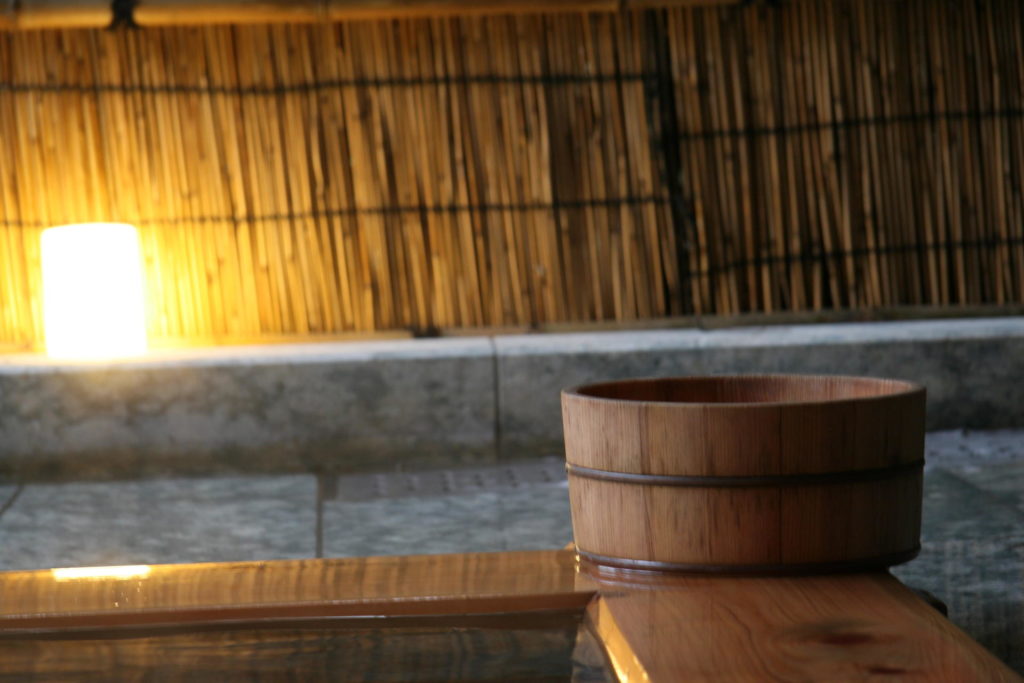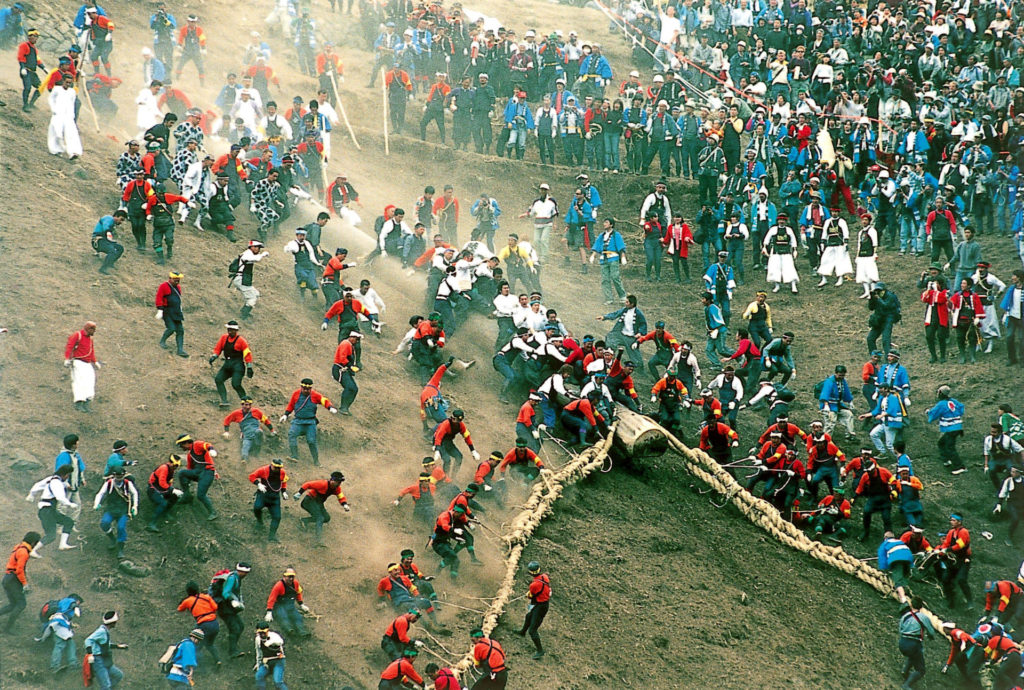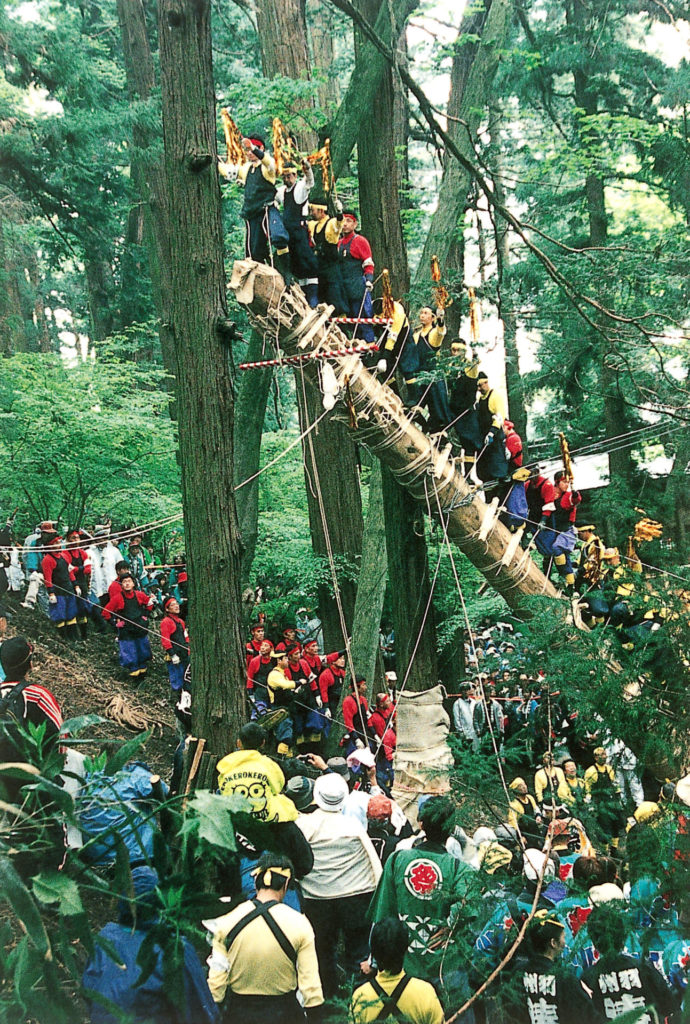
Can a bathhouse be closed if the front door is left open? The Naked Stranger likes to ponder philosophical questions of life, death and onsen like this. Just the other day he went to a bathhouse and was surprisingly told by a member of the front desk staff the bath was closed. When the door-open, bath-closed conundrum was pointed out to the uniformed staff member concerned, the polite reply was, “Oh, the onsen will only be closed for 30 minutes because a man just died in the bath.”
This incident immediately raised the following question in the philosophically inclined mind of the Naked Stranger. Can an onsen kill you? Now the Naked Stranger, being the rigorous, evidence-based professional he is, needed more information. So he dug deeper. He did what all great investigative journalists do and put the words “death” and “onsen” into Google. Two startling pieces of information immediately appeared.
First, there is a hot spring town called Misasa in Tottori Prefecture that has radon in its local onsen water. Radon is a radioactive isotope that comes from uranium. Apparently, the local people think it is healthy to soak in radon water, though scientists aren’t quite so sure. The latter has found a link between high doses of radon and lung cancer.
Second, there is a fungus called O. gallopava that lives in onsen water that has been found to kill mice in clinical experiments.
So with thoughts of killer fungus and radiation in his beloved onsen water, the theme of risking it all for what one loves was firmly in the Naked Stranger’s mind when he found himself wandering the streets of Shimosuwa, in southern Nagano, looking for onsen during the recent Onbashira Matsuri.
Onbashira is one of the most famous festivals in Japan. It happens just once every seven years, which is probably a good thing because of the physical danger in which participants willingly put themselves while sliding down a steep hill on massive pine logs. These brave, often drunk, men risk death to feel more alive. So too does the Naked Stranger risk death for his art, for without great risk there is no great reward. Onward to the bath.


Kami-no-yu Shimosuwa, Nagano
Rating: ★★☆☆☆
Address: Suwa-gun, Shimosuwa-machi, Yashiro 7083 Cost: ¥700
Tel: (0266) 27-5526
Web: kaminoyu.com
The Upside: People have been soaking in the waters at Kami-no-yu since the time of the famous samurai lord, Takeda Shingen, more than 450 years ago. The current bathhouse has been in operation since 1934 and was established after the waters were said to have cured a child of a terminal illness. The waters have long been believed to have powerful medicinal effects and were traditionally used by samurai and commoners alike to cure injuries. Kami-no-yu is in a beautiful setting in a secluded pine forest and is known as a hitou, or secret onsen, to the local people of the Suwa area. It is about as authentic as a Japanese bathhouse can be.
The Downside: There is only one small timber bath and no outdoor bath (rotenburo). The water is a little on the cool side for those who like it piping hot. There is also no English information on the Web site.
The Bare Facts:
• The onsen water comes out of the ground at a low 10-15 degrees and is heated on site.
• The water is rumored to have remedial qualities, particularly for muscle pain, sprains and bruises.
• The water is said to have an aroma of squeezed lemon.
Accommodations: Prices at the ryokan start at ¥9,975 per person per night including two meals.
Food: Yamazato Teishoku (A range of special local mountain foods with rice and miso soup).
Nearby Attractions: Akimiya Shrine, Harumiya Shrine and Lake Suwa. Access: By car, take the Chuo Expressway and get off at Okaya IC. Take Route 20 toward Shimosuwa and then take Route 142 to Kami-no-yu. By train: Take the JR Chuo-higashi Line from Shinjuku. Get off at Shimosuwa Station. Take a taxi to Kami-no-yu (about 15 minutes).





